More than labor intensive, making Lasagne Verdi Bolognese is a labor of love. I consider it the centerpiece of Emilian cuisine and it is worth every effort you will make to produce it. Making the sauce two days ahead is a blessing, but rolling out the pasta and making the bechamel is essential on the day you assemble it. If you choose to assemble the lasagne the day before you serve it, be sure to take it out of the refrigerator a few hours ahead of baking, so it can be baked at room temperature. It ensures that the center will be as perfectly cooked as the edges of the lasagne.
Ingredients:

The primary ingredients for this rich pasta dish are spinach pasta, Bolognese meat sauce and a bechamel sauce. Both the Bolognese and pasta recipes are listed separately on the blog as they are original recipes of mine. I use a standard bechamel sauce that follows.
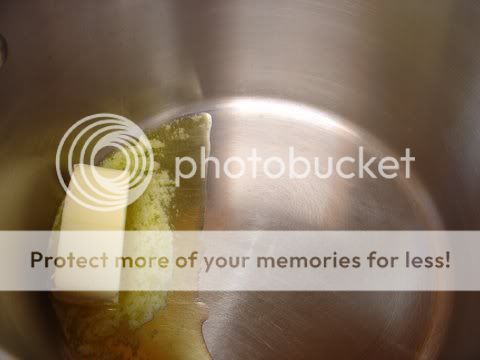


Melt 2T of unsalted butter over low heat in a heavy bottomed sauce pan, stir in 2T of all purpose flour and make a light rue. You want to cook the raw flour taste out of the flour but not brown it.
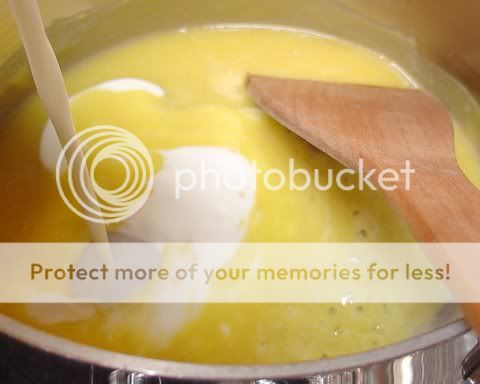
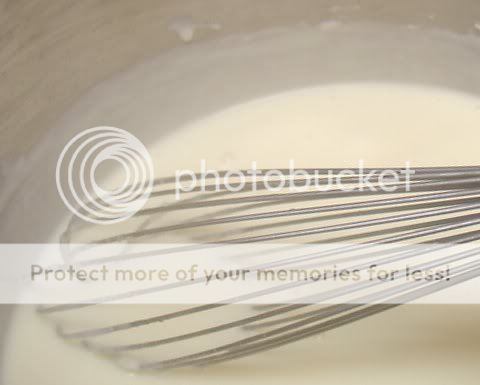
As soon as the flour has been cooked, add 2 1/2 cups of whole milk and whisk the mixture over a medium to medium high heat until it thickens. The traditional method is to cook it until it has the appearance of heavy cream, but I prefer to cook mine a bit longer until it thickens more, and it will. Grate nutmeg with a micro plane into the sauce, about 4-5 passes across the grater should be enough. Now, take a deep breath and enjoy the aroma. Pour the bechamel into a container and cover with plastic wrap over the surface of the sauce to prevent it from forming a "skin". Set aside.
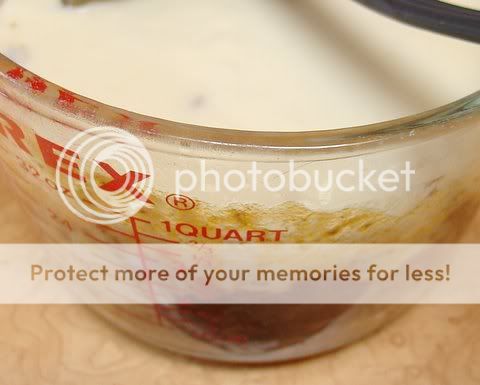


The primary ingredients for this rich pasta dish are spinach pasta, Bolognese meat sauce and a bechamel sauce. Both the Bolognese and pasta recipes are listed separately on the blog as they are original recipes of mine. I use a standard bechamel sauce that follows.



Melt 2T of unsalted butter over low heat in a heavy bottomed sauce pan, stir in 2T of all purpose flour and make a light rue. You want to cook the raw flour taste out of the flour but not brown it.


As soon as the flour has been cooked, add 2 1/2 cups of whole milk and whisk the mixture over a medium to medium high heat until it thickens. The traditional method is to cook it until it has the appearance of heavy cream, but I prefer to cook mine a bit longer until it thickens more, and it will. Grate nutmeg with a micro plane into the sauce, about 4-5 passes across the grater should be enough. Now, take a deep breath and enjoy the aroma. Pour the bechamel into a container and cover with plastic wrap over the surface of the sauce to prevent it from forming a "skin". Set aside.


Mix equal portions of the bechamel and Bolognese sauce together, reserving at least half a cup of the bechamel for the top layer of the lasagne. You could layer the sauces separately, but mixing the two makes for an easier job, although if the bechamel were in a squirt bottle, that would also work to make an easier application of one sauce upon the other. I may give that a try another time.

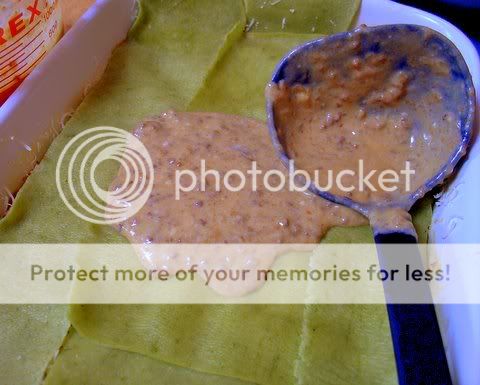
Layering the pasta sheets upon parchment paper or between cotton dish towels prior to making this dish will keep them from sticking to one another. Bring a large pot of water to a full boil and slip 3 sheets of pasta at one time into the water. When they appear lighter in color and float to the top of the water they are cooked. Drain and place them on a cotton dish towel, then pat dry and place the first layer into your buttered baking pan. Next place a thin layer of the sauce over the pasta.

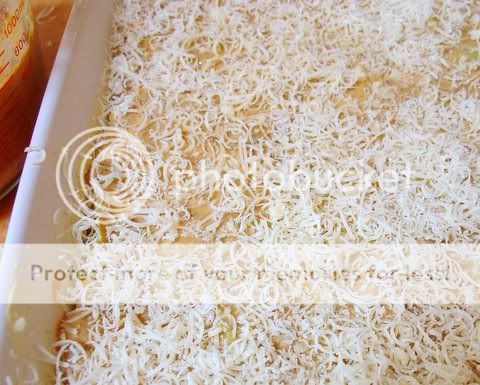
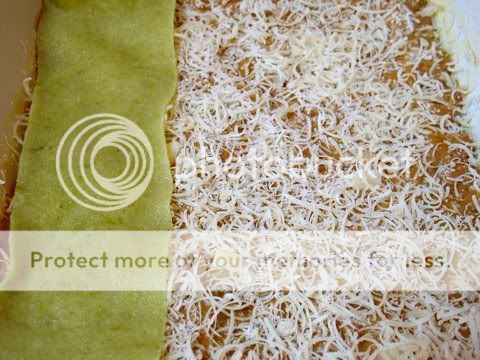

After you have spread out the meat sauce, your next step is to lightly sprinkle freshly grated parmigiano cheese over the sauce layer. Now place another layer of cooked pasta on top and start the next course of sauce and cheese. Keep layering this way until you have at least 7-9 layers of pasta built up in the baking dish. Your last layer of pasta should go on top and should be covered by the plain bechamel, then sprinkled with parmigiano.
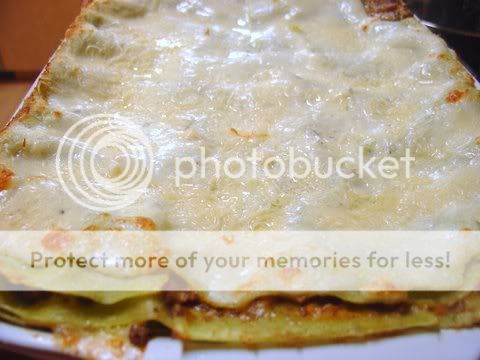
If you are cooking the lasagne the same day, cover it with tin foil and place in a 400 degree preheated oven for about half an hour. Take the tin foil off and bake another 5 minutes until the top browns slightly. Remove from the oven and let rest for 5 minutes before cutting and plating.
If you are making this the day ahead of your meal, place in the refrigerator overnight and take it out 2 hours ahead of baking to bring it to room temperature.


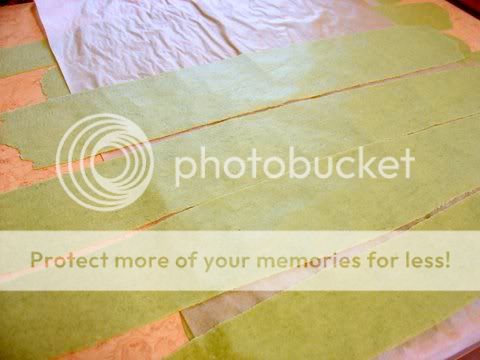
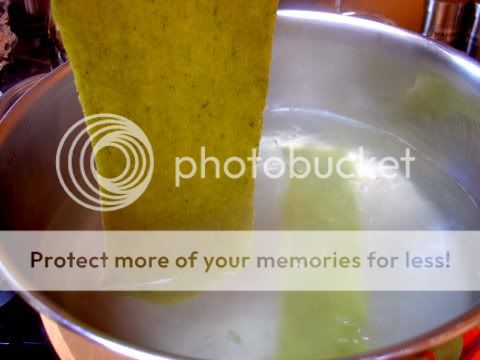
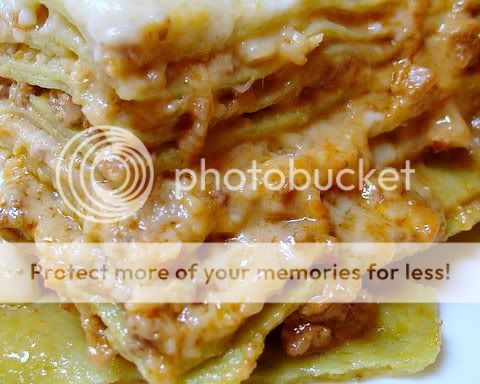





No comments:
Post a Comment